Design Trends for Large Event Spaces
by groupdca August 27, 2025India’s appetite for celebrating is immense—and that’s not just about weddings. Every year, the banquet and event industry powers a grand tapestry of festivities, from corporate galas and cultural ceremonies to milestone birthdays and festivals. For instance, while India hosts around 10 million weddings annually, collectively contributing an enormous amount to the economy, banquet halls capture a significant share of this spend. Beyond weddings, they remain the go-to venues for conferences, exhibitions, and community events—making the design and functionality central to how India celebrates.
Behind these figures lies a powerful truth: banquet halls are cultural and social anchors. Families and businesses alike invest heavily in them, expecting venues that can handle scale, adapt seamlessly, and create lasting impressions. As expectations rise, the design of banquet halls is evolving rapidly. Here are some of the most defining trends shaping these spaces today.
Rooted in Heritage, Designed for Today
Guests and hosts increasingly seek venues that reflect identity, not anonymity. Designers are reinterpreting local heritage through vaulted ceilings, arched colonnades, or chandeliers inspired by regional art within a modern hospitality framework. This balance grounds a space in cultural memory while giving it a contemporary look. The spaces, therefore, resonate emotionally, reminding people of tradition while still feeling fresh and relevant.
Spaces That Adapt to Every Occasion
No two gatherings are alike; a wedding, a product launch, and a milestone anniversary each demand different scales and flows. Modern banquet halls prioritise adaptability: flexible layouts, modular partitions, pre-function lounges, green rooms, and supporting spaces that allow the same venue to transform fluidly. This versatility ensures that whether a hall is hosting 100 guests or 500, the experience feels seamless and tailored.
Built-In Infrastructure for Events
Gone are the days of time-consuming setups with temporary scaffolds and makeshift wiring. Today’s best banquet halls integrate plug-and-play infrastructure into their design. Concealed ceiling grids, built-in AV conduits, and adaptable lighting rigs allow organisers to personalise quickly without disturbing the architecture, enabling smoother operations, faster turnovers, and events that look polished from start to finish.
Balancing Craftsmanship with Modern Precision
Banquet halls are storytelling spaces, and materiality plays a key role in that narrative. Increasingly, designers are blending traditional craft with technological precision—CNC-cut detailing paired with hand-finished chandeliers, terrazzo flooring with cultural motifs, or locally woven carpets alongside contemporary finishes. This balance ensures durability for large crowds while embedding artistry that feels personal and distinctive.
Creating Warmth Within Large Volumes
By nature, gathering spaces are expansive, but they don’t need to feel cold or impersonal. Thoughtful palettes, layered lighting, and tactile surfaces bring intimacy into large volumes. Earthy tones, textured flooring, and crafted fixtures humanise scale, ensuring that even vast halls feel welcoming. For guests, this creates comfort without sacrificing grandeur, a key balance for memorable gatherings.
A Contemporary Benchmark designed by groupDCA
At groupDCA, these ideas are reflected in Nishtara Banquet Hall, Kolkata. Here, the design drew inspiration from the city’s layered heritage—combining Gothic and Romanesque elements with the finesse of modern hospitality. Flexible zoning allowed for intimate functions as well as large receptions, while an integrated plug-and-play grid system made event setup effortless. Bespoke chandeliers inspired by the Bengal School of Art, terrazzo flooring, and custom carpets tied the hall’s cultural narrative together. Nishtara demonstrates how contemporary banquet design can marry operational efficiency with experiential richness, setting a new benchmark for hospitality spaces.
Designing the Future of Celebration Spaces
Banquet halls in India are no longer just rooms that hold people; they are stages for cultural expression, community bonding, and milestone moments. As the scale of celebrations continues to grow, these spaces must flex, impress, and comfort—often all at once. The most successful designs will continue to balance heritage with innovation, efficiency with elegance, and scale with intimacy, ensuring that the spaces where we gather are as unforgettable as the events themselves.
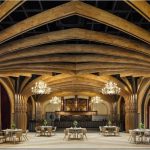


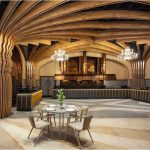
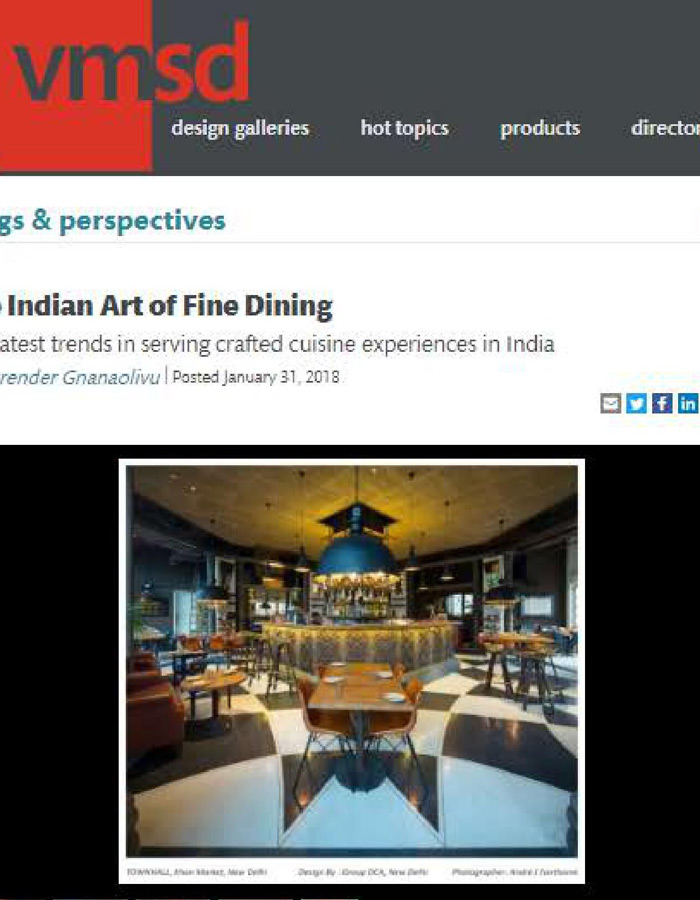
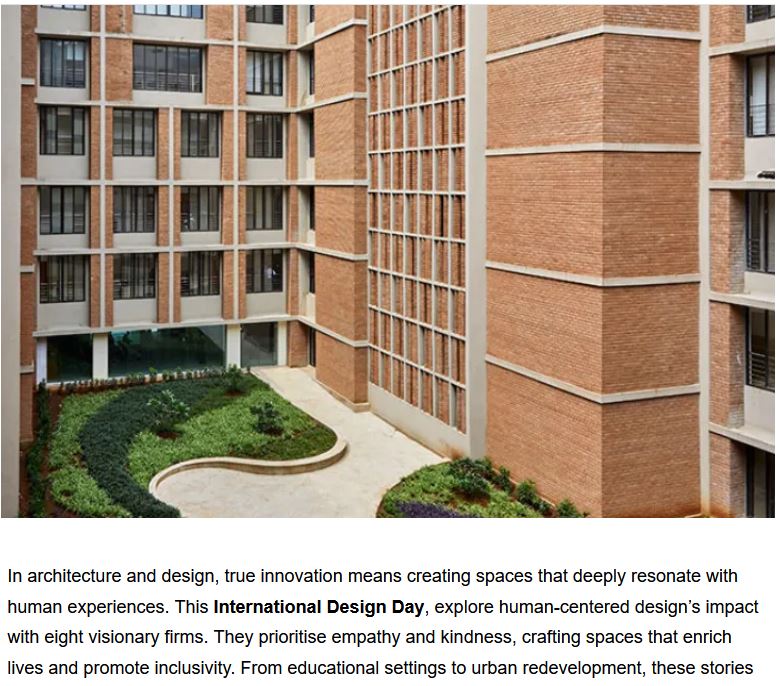

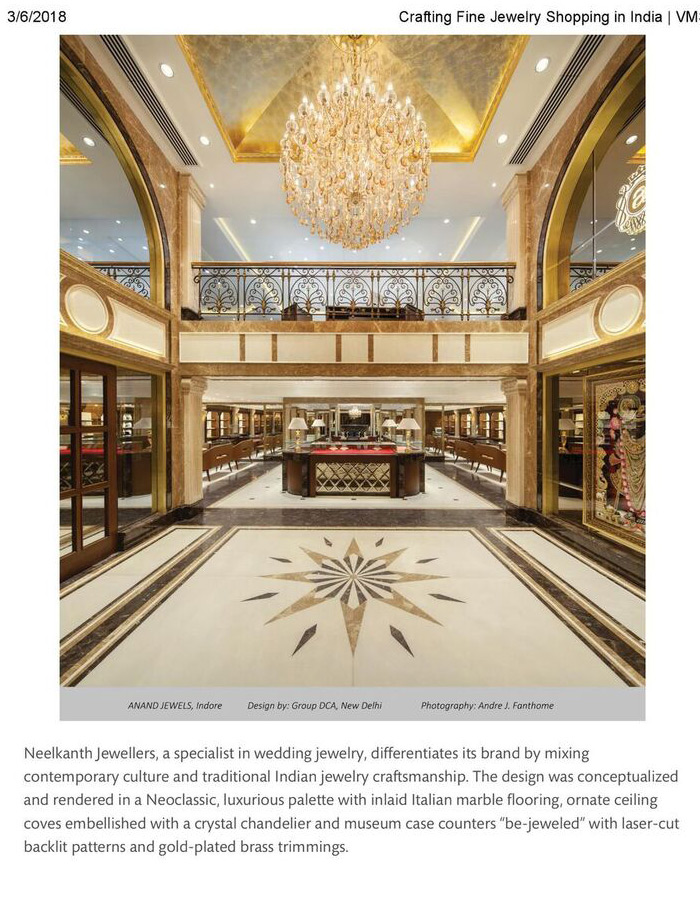
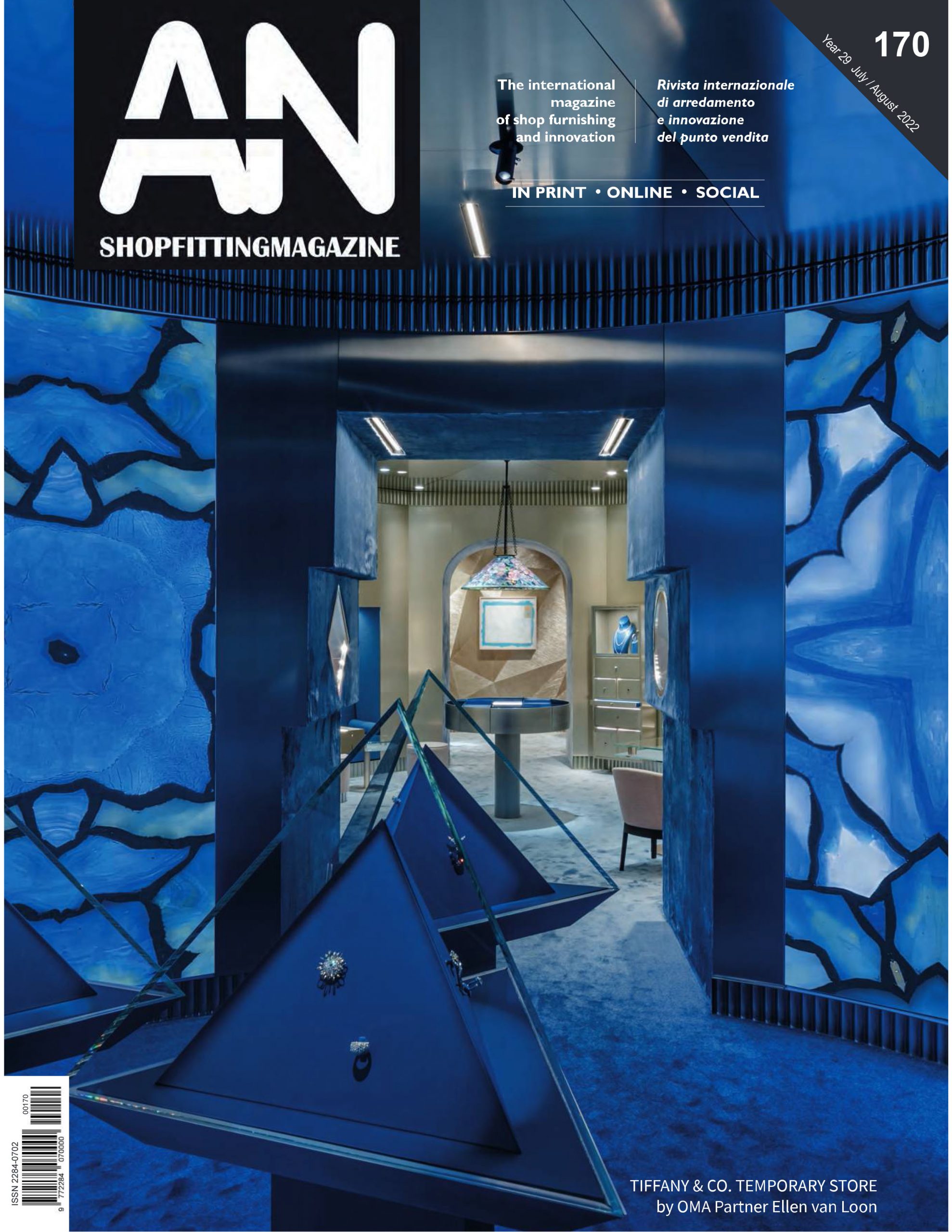
Comments (0)